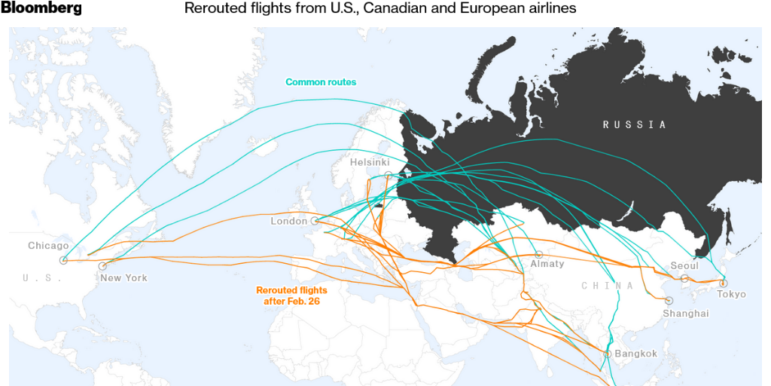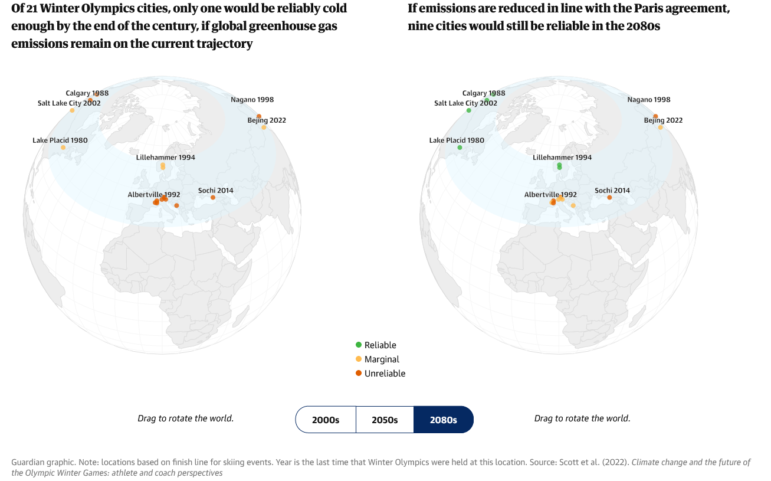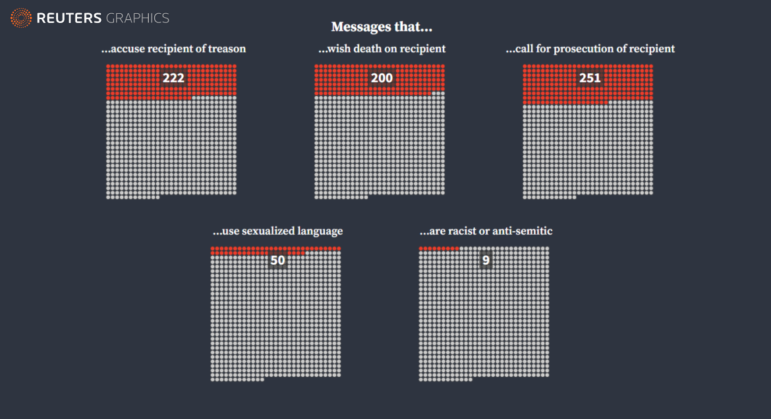
Case Studies Sustainability
How Germany’s Journalists Built a Crowdfunding Campaign to Save Russia’s Meduza
Meduza, one of Russia’s last remaining independent news sites, lost 30,000 donors after the government cut off subscriber payments from the country due to unflinching coverage of the war. In less than a week, two German reporters organized a crowdfunding campaign to replace those funds to try to save Meduza.









